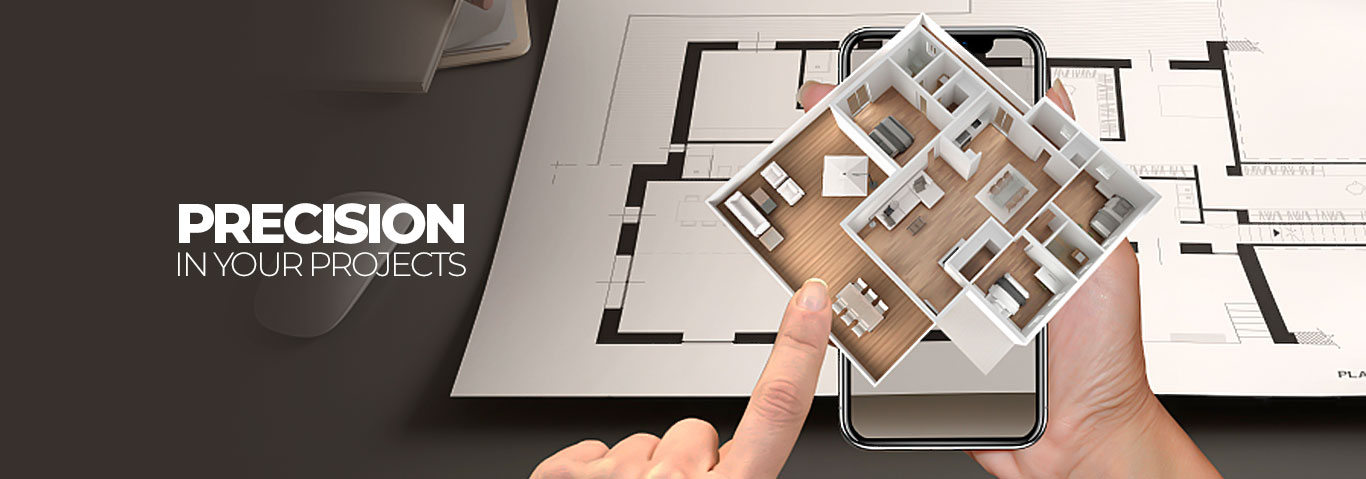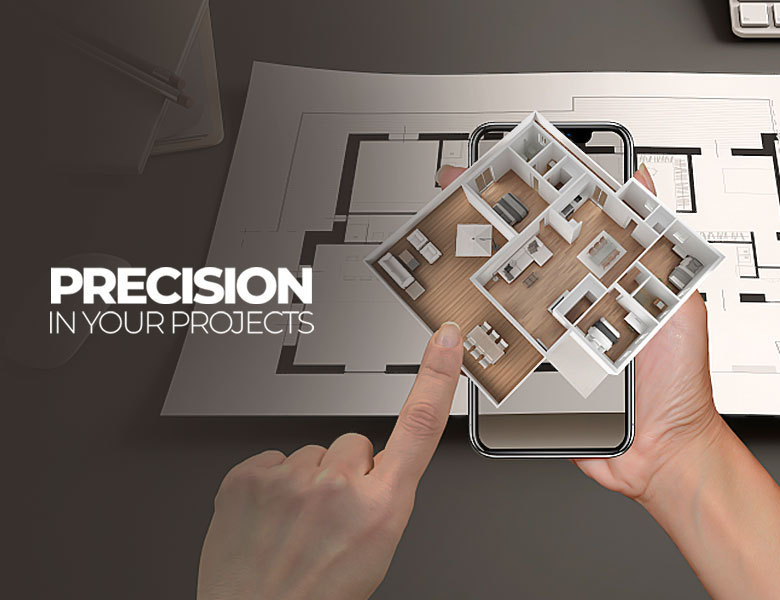
What’s a modular building?
Would it be possible to move a complete building in a short time, and without having to worry about starting the structures from scratch? Modular building is here to answer that question!
Due to the creation of modular construction, today it is possible not only to offer a more sustainable format for the industry but also to solve one of the major problems that construction companies face today: time!
Since this technique offers many changes for the area, we decided to make this content explaining exactly what modular building is, what are its main types and its differences from traditional construction sites.
Do you want to know more about the concept of prefabricated construction? So keep reading until the end!
What is a modular building?
Despite having modern technology, modular or prefabricated construction, as it is also known, is not exactly a new construction concept.
Historically, we can find communities in Argentina, for example, that used old containers to build their homes, due to the lower value of steel parts.
Today, we also find buildings that are made with these pieces, but as an aesthetic, rather than as a more ecological and more affordable way of building.
In summary, modular building is a form of civil construction that occurs in stages, that is, each part of a house or building is made off-site and with the same materials. Once the modules are ready, they are transported to the correct location and assembled according to the design.
In projects that follow this construction model, much more can be done than just ordinary buildings. There are also flow, commercial, and even hospital projects, all using the same materials and with standardized parts.
Advantages of modular building
Modular building offers several benefits, both for builders and for owners of the work. This is because they are very resistant and can also be assembled in different ways.
In this way, although the construction of the modules is standardized, they can also be customized according to the need or changes in the original project.
Additionally, modular construction is a very cost-effective option when compared to certain building construction methods. It is also an option for those looking to expand the property, at a considerably low cost.
We can also point out that technology has been bringing great advances to this type of construction. Helping in the quotation of the necessary material for the construction of a module, facilitating the architecture projects, and also helping in the logistical process.
3D technology, for example, helps in the delivery of modules with materials with better visual appeal, which facilitates the sale of modules and the aesthetics of cities.
See more about how technology works in civil construction, in this article:
Artificial intelligence in civil construction: how to optimize processes with this solution
Finally, we also have the environmental benefits for companies that opt for this type of construction.
According to the Blackridge Research & Consulting website, modular building creates less waste, as the materials used are uniquely designed for one project. And with the use of construction software, such as PlanSwift, it is possible to predict how much material each module will need.
The main types of modular building
There are several types of modular buildings today, which offer different advantages to users depending on how they were designed. Therefore, we can say that these constructions are completely flexible and customizable.
However, there are structure 3 categories:
- 4-sided modules: These are completely closed spaces (walls, ceiling, and floor).
- Partially open modules: Allows for an open space in a module, but requires corner posts and floor edge joists. Accommodates connection between modules.
- Open modules: these are modules without the 4 walls that need corner posts for support and hollow constructions.
Differences between modular and traditional construction
The biggest difference between modular buildings and traditional buildings is the location of the building. Modular buildings are made off-site and assembled at the construction site, whereas traditional works are made directly on-site.
In addition, we can also quote the cost; Modular buildings are cheaper, even with the cost of moving the modules. We still have the issue that the cost of construction is the same, even if the location is in a place that is difficult to access. These factors influence when building a house or building.
So, modular construction has its advantages, however, it is interesting to research more about this type of civil construction before making this investment.
Read Also:
How to optimize your construction material quantification takeoff process with Planswift software







